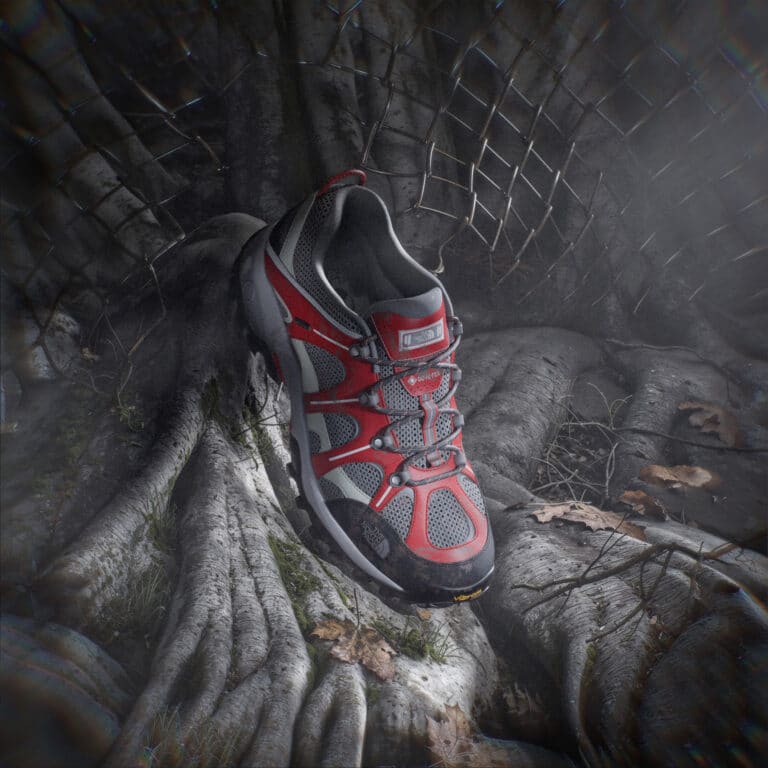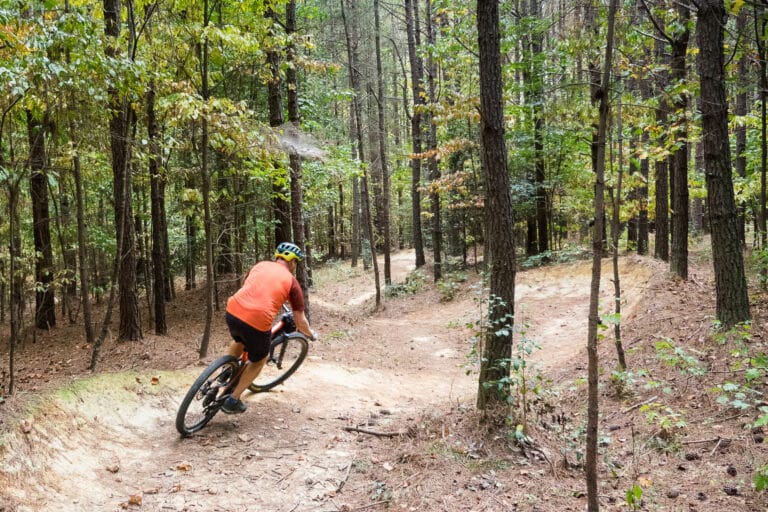If you are going out just for a day hike, you’ll probably carry all of the water you need from home. On overnight trips, though, you are going to depend on a source along the trail. Unfortunately, the days of slaking thirst by dipping into a clear mountain stream or sipping cold spring water are gone, most likely forever. The rising numbers of people visiting natural areas have brought an increase in Giardia, a water-borne parasite once found primarily in the Western U.S.
Is there one best way to treat the water? As with many things, personal preference comes into play, so I’ll present the pros and cons and let you decide.
Boiling has been used for centuries and is a reasonably good way to kill most bacteria, parasitic causes of diarrhea, and viruses. However, you’ll spend time and fuel boiling the water, which some people complain has a “flat” taste. Adding oxygen by pouring the water back and forth between pots or water bottles may make it a bit more palatable.
Chemical iodine or chlorine tablets, such as those made by Potable-Aqua or Coghlan’s, kill bacteria and viruses, but not Cryptosporidia, a hard-shelled protozoan cyst. In addition, you have to follow instructions exactly, wait 15 minutes or longer, and still end up with nasty tasting water. Potable-Aqua now sells tablets to neutralize the iodine taste. Some studies seem to show that long-term use of iodine may also be harmful to certain individuals. KlearWater and Aqua Mira, a brand that has become popular with Appalachian Trail thru-hikers, contain chlorine dioxide, often used in municipal water supplies. (Thanks to an astute reader, Spaceman, for correcting me when I first posted this and mistakenly said that Aqua Mira contains iodine.)
On my next post I’ll discuss filters and purifiers.







